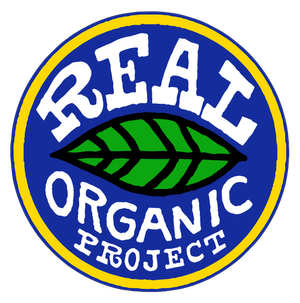Resources
KNL Garlic - Organic Certified Farm
How Much Should I Plant?
These are just estimates as your yield will vary depending on the variety and growing conditions. Garlic varieties and clove size will vary. The larger the clove you plant usually produces a larger bulb.
Chesnok (Hardneck Purple Stripe)
10 to 14 Cloves per bulb. 8 to 10 Bulbs per lb.
1 lb. will yield approx. 60 plants
Music (Porcelain Hardneck)
4 – 6 Large Cloves per bulb. 6 – 8 Bulbs per lb.
1 lb. will yield approx. 40 plants.
Romanian Red (Porcelain Hardneck)
4 – 6 Large Cloves per bulb. 6 – 8 Bulbs per lb.
1 lb will yield approx. 40 plants.
Example: You have 4 pounds of garlic seed that contains a total of 160 cloves to plant. If you plant your cloves 6 inches apart, you will need four 20 ft long rows. We plant our cloves 6 inches apart, 3 inches deep in 3 ft wide beds. Each bed contains 3 rows with the rows being 6 to 12 inches apart.
** Garlic is an agriculture crop and can sustain loss due to conditions we cannot control such as:
Your soil conditions: Garlic grows best in well drained loose soil.
Poor drainage can cause the bulbs to rot.
Bulbs grow best with the soil PH between 6.0 – 7.5
Weeding: Less competition with weeds the better the yields.
When to Plant:
Garlic can be planted 4-6 weeks before the ground freezes. This all depending on your location. Here in southern Wisconsin, this is usually around October 15th.
Preparing Garlic Cloves for Planting:
Prior to planting we separate the cloves from the bulb.
If you have a lot of garlic to “Pop” (separating the cloves from the bulb) you can Pop the bulbs at least 2 weeks before planting providing you keep the cloves in a cool dry dark place with good air circulation and low humidity between 50-60%. Temperature between 56-58 degrees.
Before we’re ready to plant we sterilize the cloves in 70% isopropyl alcohol for 5 to 10 minutes to kill any bad microorganisms. Other sterilizers such as vodka or hydrogen peroxide could also be used.
Strain the sterilizer.
Put the cloves in a container with fish emulsion fertilizer. We use Alaska Fish Fertilizer 5.1.1. which is OMRI listed and is approved for organic use. Add 1 TBL of fertilizer per gallon of water and 1TBL of baking soda per gallon of water. Soak the cloves in the fertilizer for at least 1 hour or overnight.
When ready to plant, drain cloves and plant as soon as possible.
Plant the cloves 3 inches deep with the pointy side up and root side down and cover with at least 1 inch of soil.
After planting we mulch with 4-6 inches of straw. This helps suppress weeds during the growing season. Mulching also helps to retain moisture and helps keep nutrients in the soil from leaching away.





